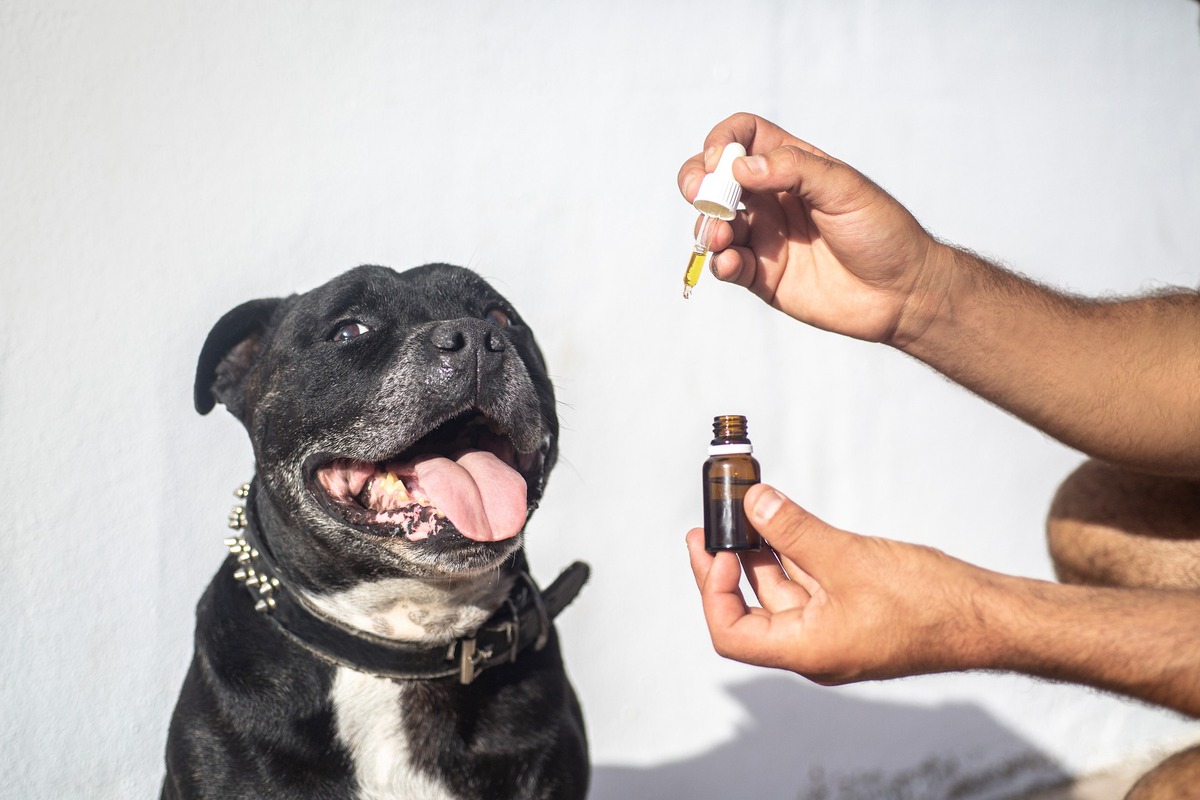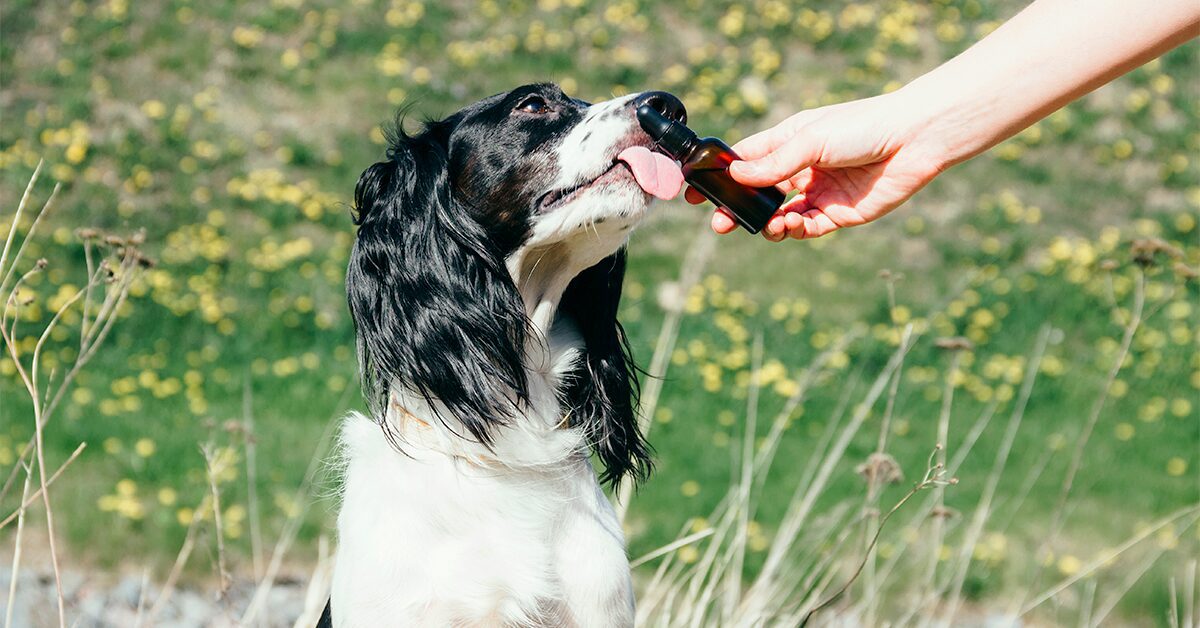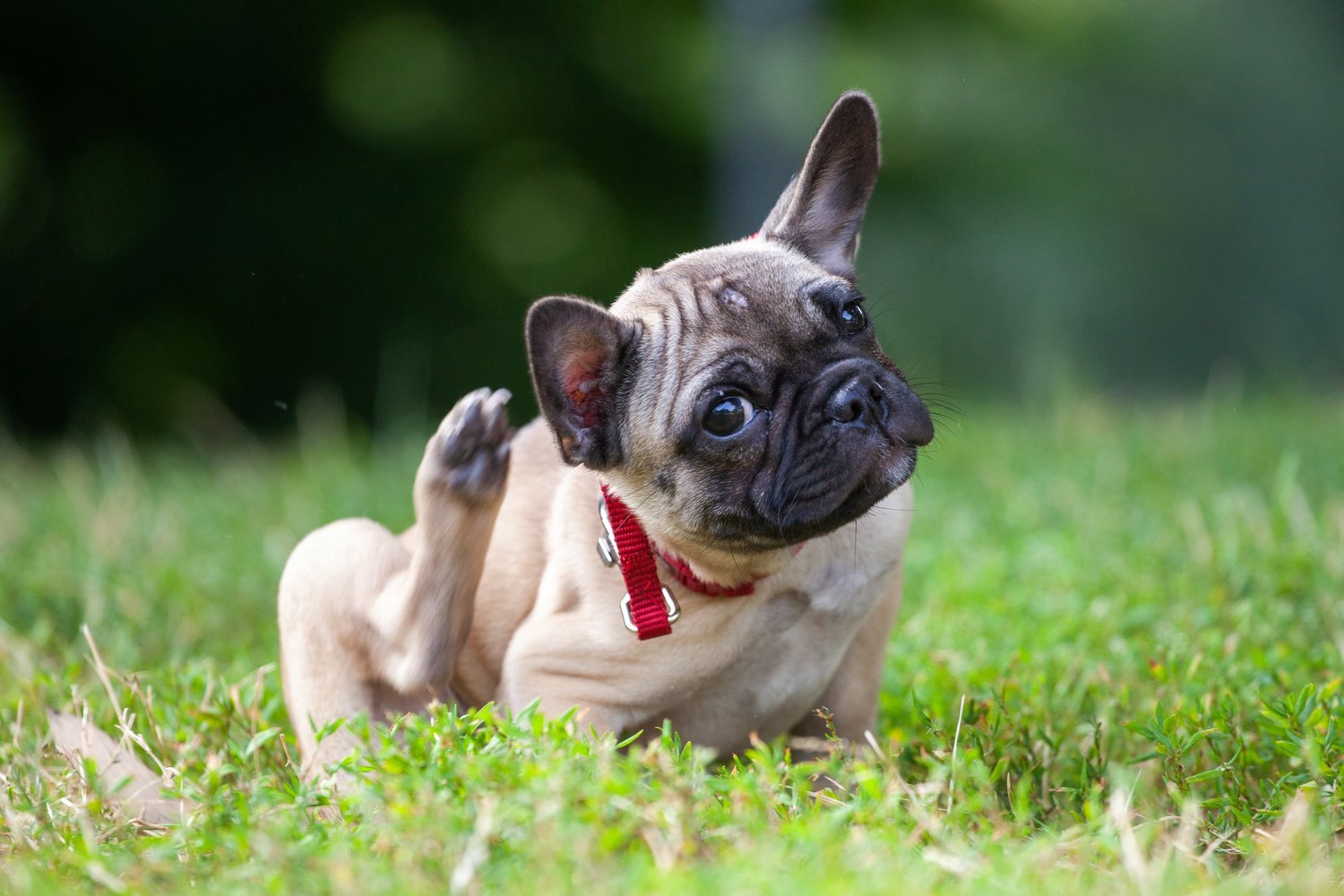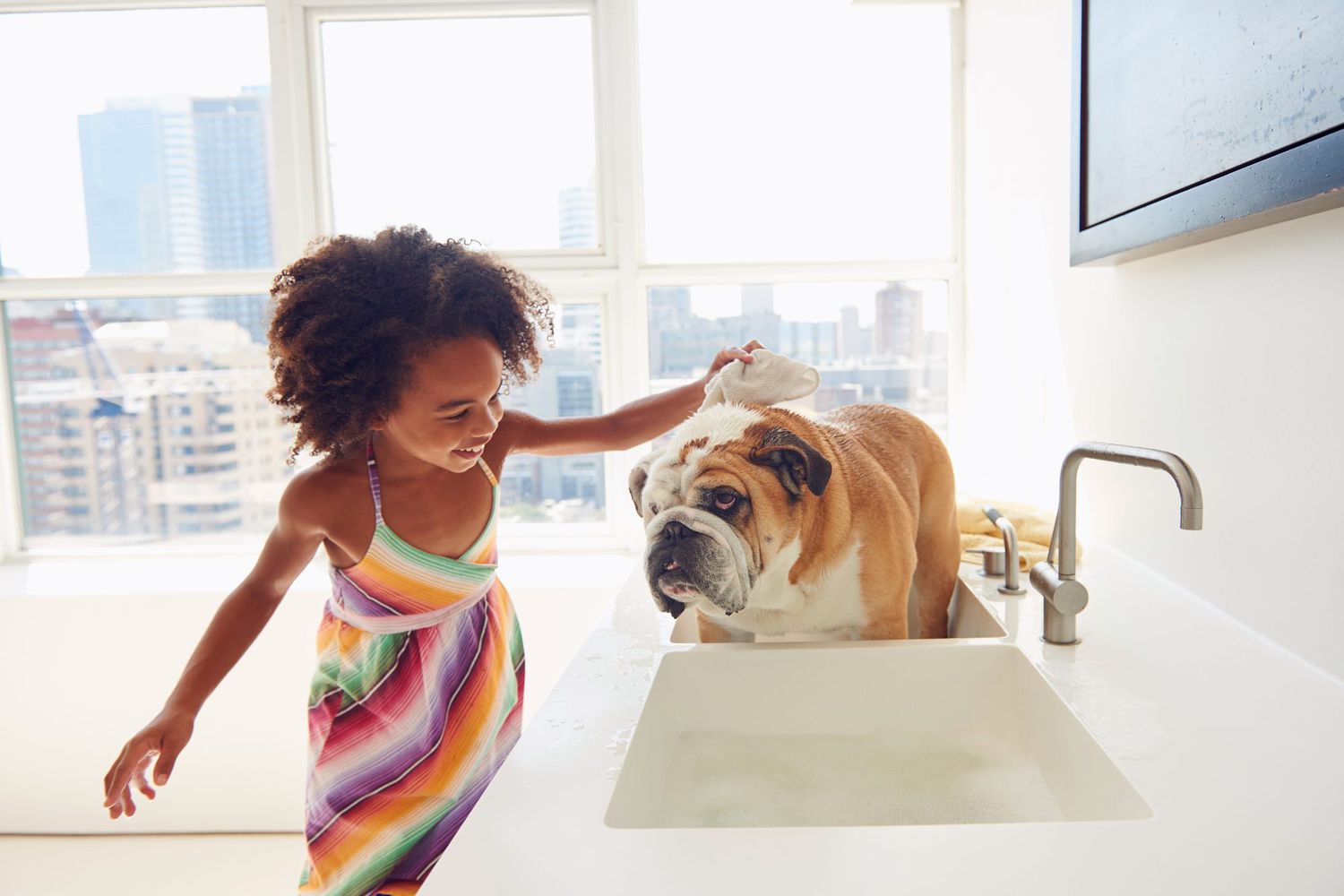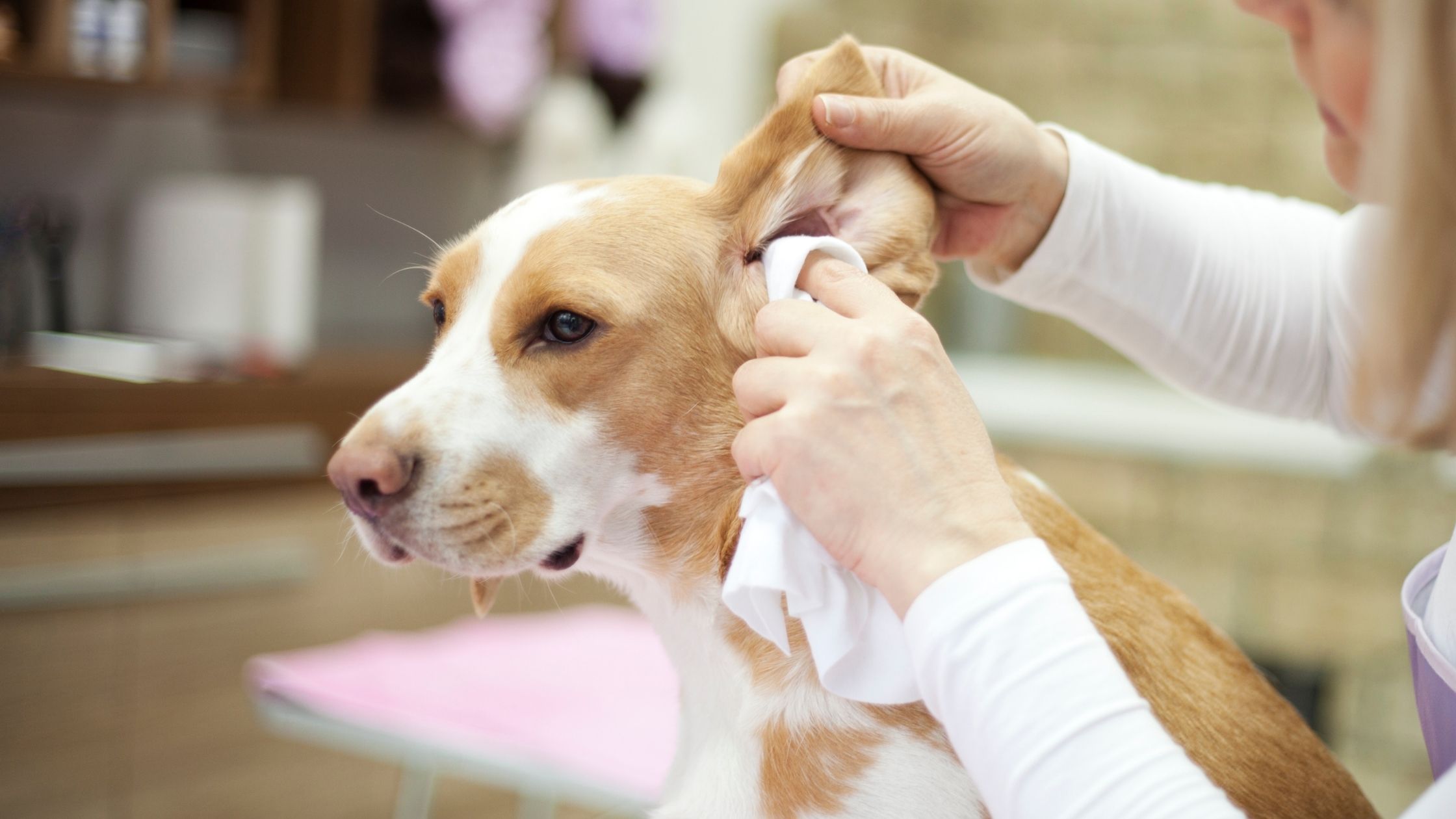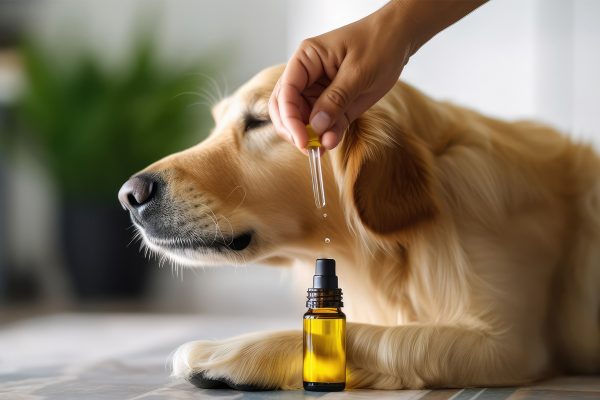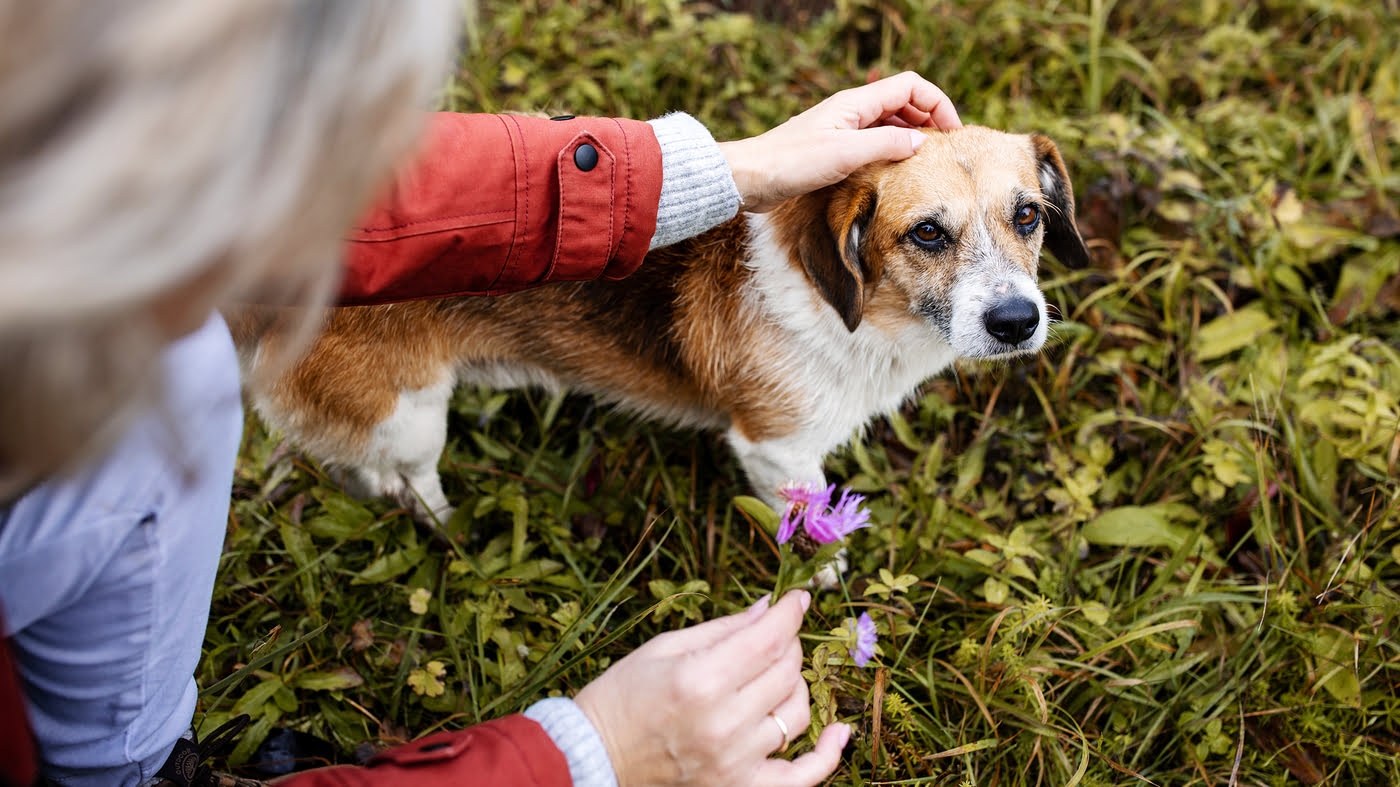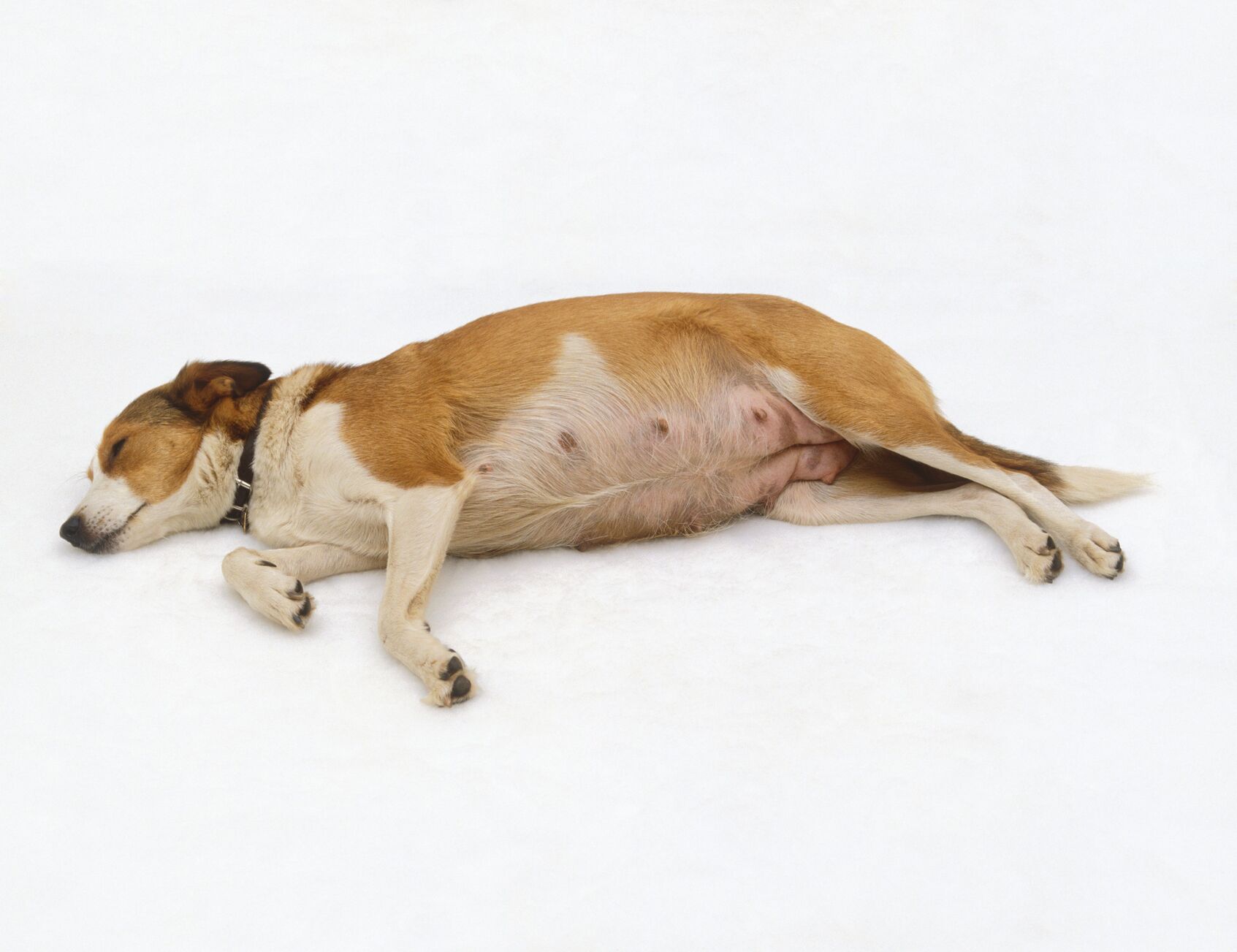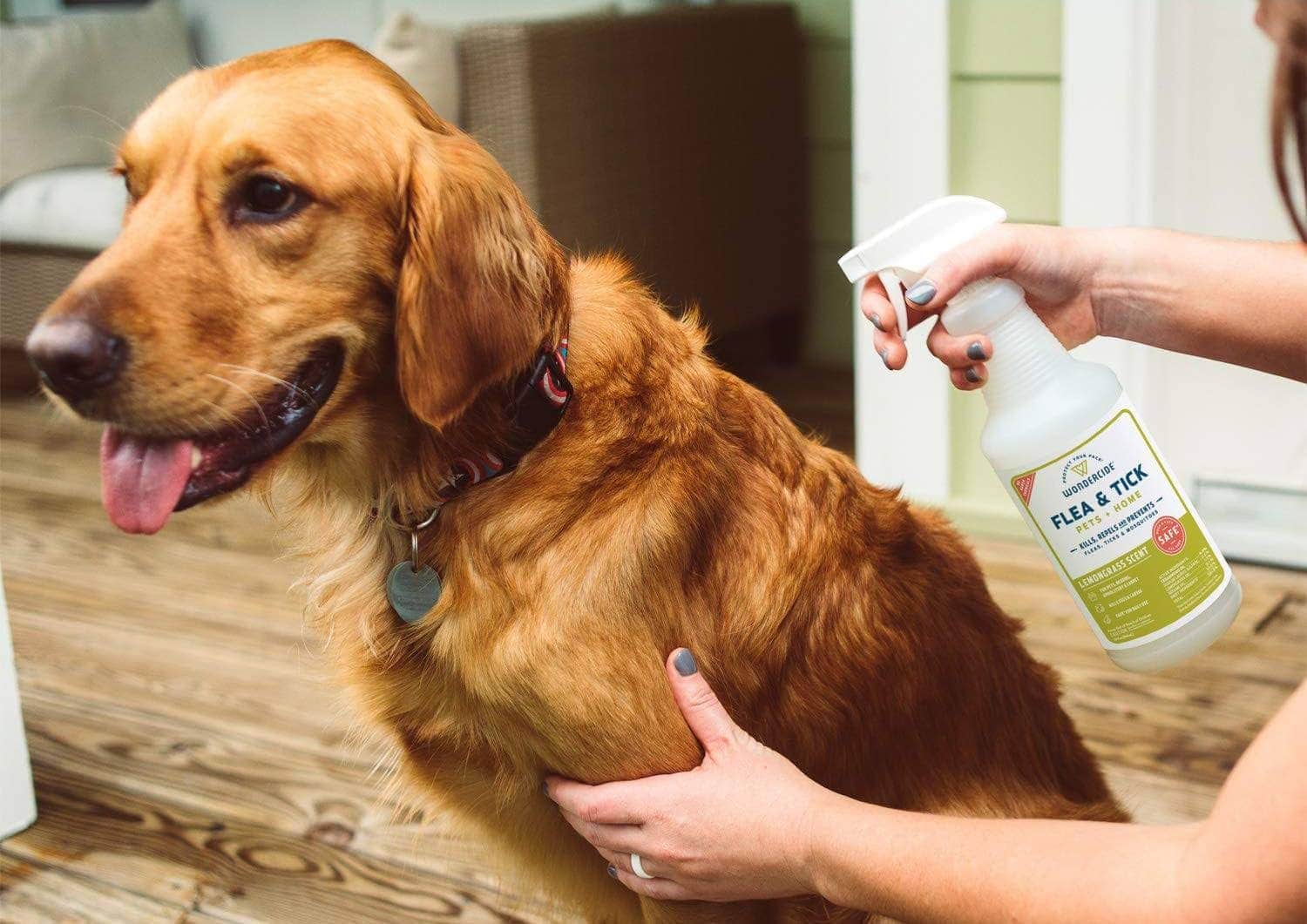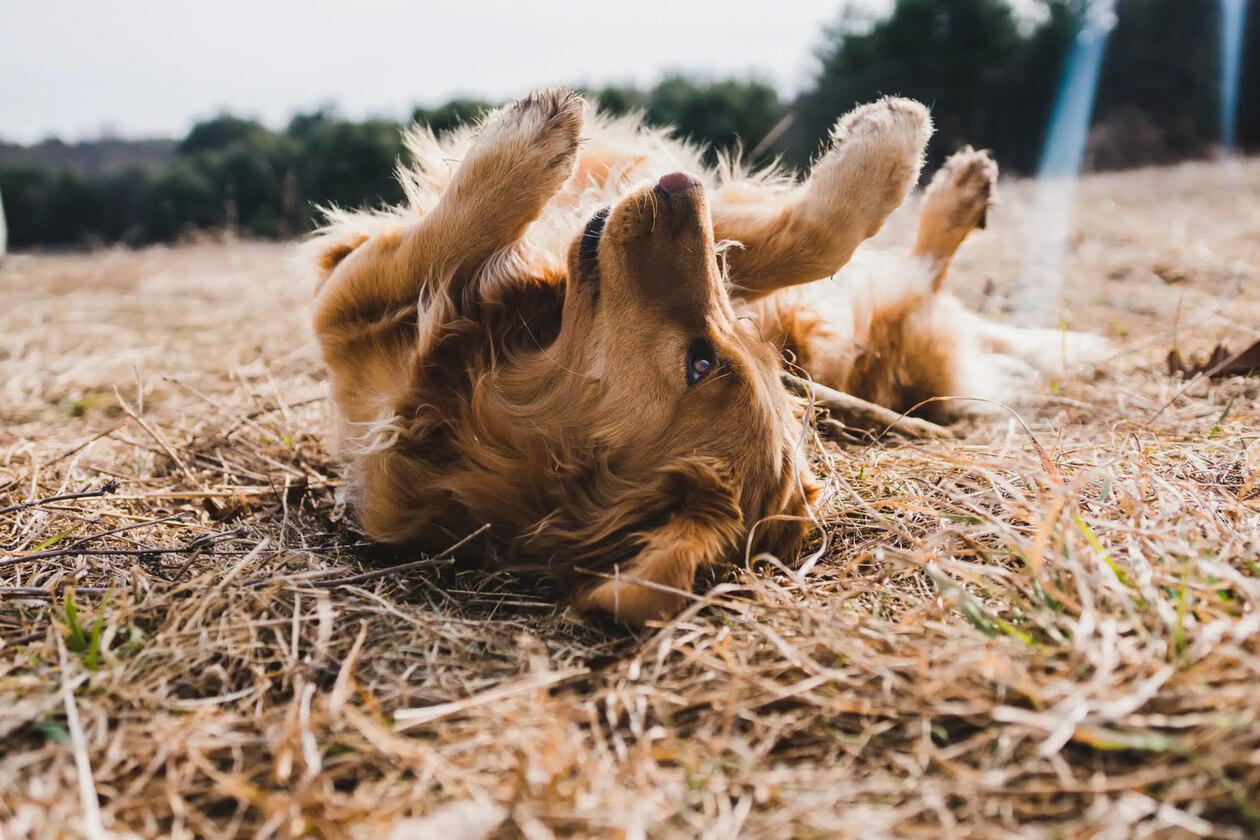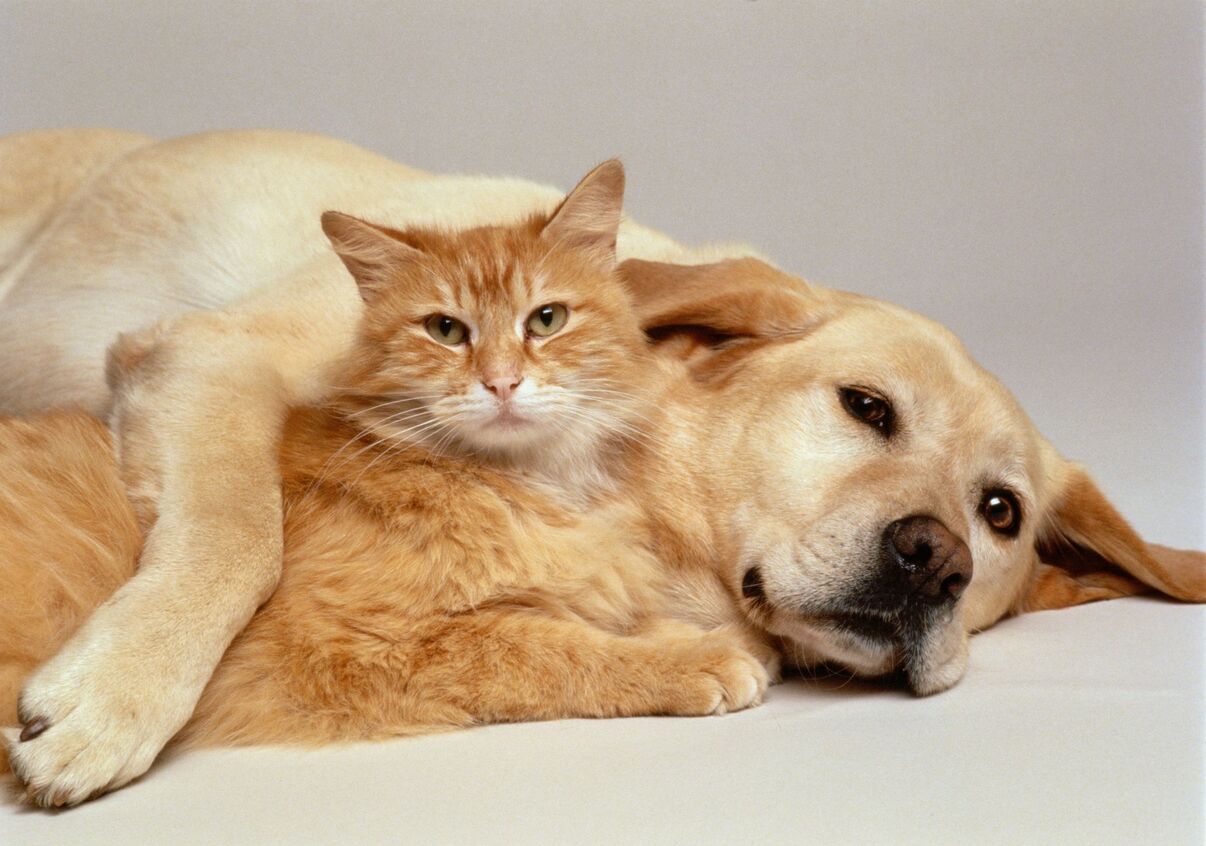Home>Health & Wellness>Common Health Issues>What Essential Oils Can You Use For Fleas On Dogs?
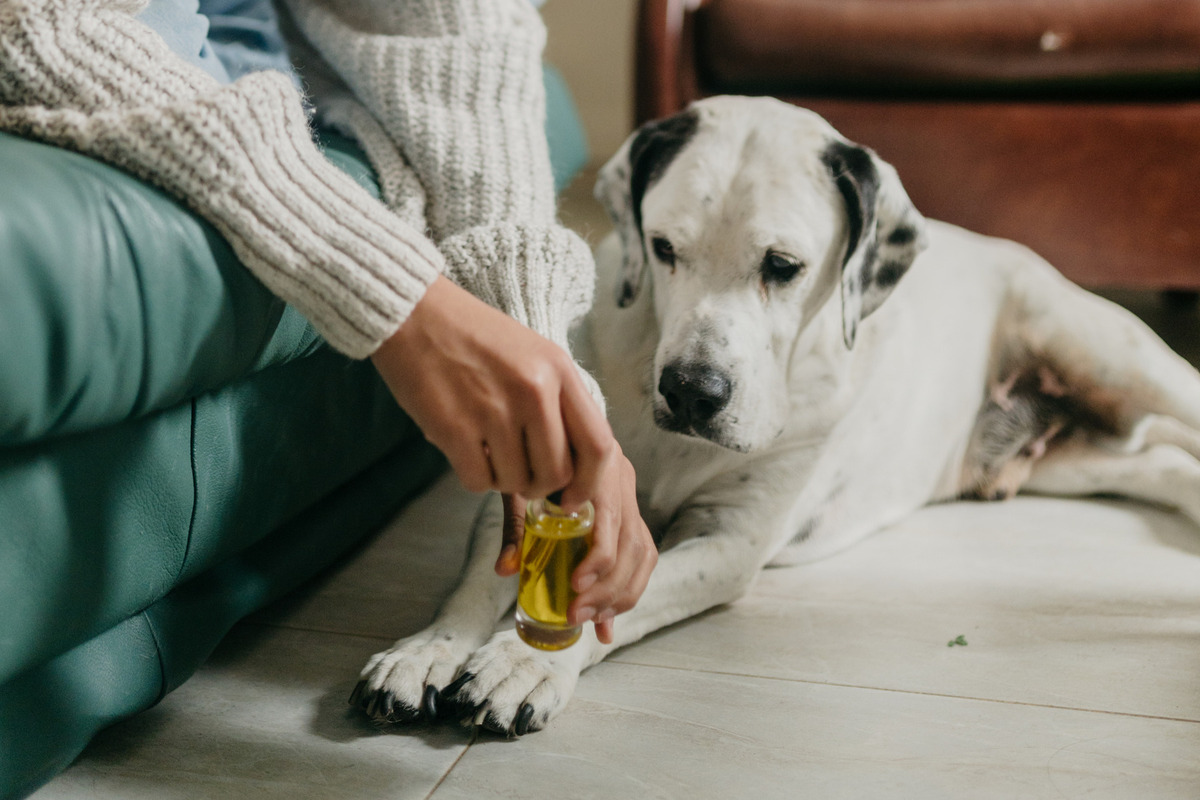

Common Health Issues
What Essential Oils Can You Use For Fleas On Dogs?
Modified: February 21, 2024
Discover the best essential oils for treating fleas on dogs and learn how to address common health issues with natural remedies. Explore effective solutions for your pet's well-being.
(Many of the links in this article redirect to a specific reviewed product. Your purchase of these products through affiliate links helps to generate commission for Pawsomeoldies.com, at no extra cost. Learn more)
Table of Contents
Introduction
Dealing with fleas on dogs can be a challenging and frustrating experience for pet owners. These tiny parasites not only cause discomfort and irritation to our furry friends but can also lead to more serious health issues if left untreated. While there are various methods to combat fleas, many pet owners are turning to natural remedies, such as essential oils, to address this common health issue.
Essential oils have gained popularity for their potential effectiveness in repelling and eliminating fleas on dogs, offering a natural alternative to traditional chemical-based flea treatments. These oils are derived from plants and contain potent compounds that are known for their insect-repelling properties. When used correctly, essential oils can provide a safe and aromatic solution to combat fleas while promoting a soothing environment for dogs.
In this comprehensive guide, we will explore the use of essential oils for managing fleas on dogs. From understanding the nature of fleas to identifying the most effective essential oils and learning the proper application methods, this article aims to equip pet owners with valuable insights and practical tips for addressing this common health concern. Additionally, we will highlight safety precautions to ensure the well-being of dogs when using essential oils and provide a step-by-step guide for applying these natural remedies effectively.
By delving into the world of essential oils and their potential benefits for combating fleas on dogs, pet owners can make informed decisions to safeguard the health and comfort of their beloved canine companions. Let's embark on this aromatic journey to discover the natural wonders of essential oils in the battle against fleas on dogs.
Understanding Fleas on Dogs
Fleas are small, wingless parasites that thrive by feeding on the blood of mammals, including dogs. These tiny insects are notorious for causing itching, discomfort, and skin irritation in dogs, leading to a range of health issues. Fleas can infest a dog's fur, bedding, and living environment, making it crucial to address the problem promptly and effectively.
When a dog becomes infested with fleas, it may exhibit symptoms such as excessive scratching, biting, and licking, often resulting in redness, inflammation, and hair loss in the affected areas. Additionally, some dogs may develop allergic reactions to flea saliva, leading to more severe skin conditions such as dermatitis.
Fleas reproduce rapidly, with female fleas laying hundreds of eggs within a short period. These eggs can be found in the dog's environment, including carpets, upholstery, and outdoor areas where the dog spends time. The life cycle of a flea consists of four stages: egg, larva, pupa, and adult. Understanding this life cycle is crucial in developing an effective strategy for flea control.
Moreover, fleas are not only a nuisance to dogs but can also transmit diseases and parasites, posing a risk to both the canine and human members of the household. Diseases such as tapeworm infestations can be transmitted to dogs through the ingestion of fleas, further emphasizing the importance of preventing and eliminating flea infestations.
In summary, fleas pose a significant threat to the well-being of dogs, causing discomfort, skin issues, and potential health risks. Understanding the behavior, life cycle, and impact of fleas on dogs is essential in devising a comprehensive approach to flea control and prevention. By gaining insights into the nature of fleas and their effects on dogs, pet owners can take proactive measures to safeguard their pets from these persistent parasites.
Essential Oils for Fleas on Dogs
When it comes to combating fleas on dogs, essential oils offer a natural and aromatic approach that has gained popularity among pet owners. These potent oils, derived from various plants, contain compounds known for their insect-repelling properties, making them a compelling option for addressing flea infestations on dogs. Here are some of the most effective essential oils for repelling and eliminating fleas on dogs:
1. Lavender Oil
Lavender oil is renowned for its calming and soothing properties, making it a popular choice for repelling fleas while promoting relaxation for dogs. Its pleasant aroma not only helps deter fleas but also provides a tranquil environment for dogs, reducing stress and anxiety associated with flea infestations.
2. Peppermint Oil
Peppermint oil possesses a refreshing and invigorating scent that is highly effective in repelling fleas. Its strong aroma acts as a natural deterrent, discouraging fleas from infesting a dog's fur and living environment. Additionally, peppermint oil can provide a cooling sensation, offering relief to dogs experiencing discomfort from flea bites.
3. Eucalyptus Oil
Eucalyptus oil is known for its powerful insect-repelling properties, making it a valuable asset in the fight against fleas on dogs. Its distinct scent acts as a potent deterrent, helping to keep fleas at bay while contributing to a refreshing and revitalizing atmosphere for dogs.
4. Tea Tree Oil
Tea tree oil is celebrated for its antiseptic and antimicrobial properties, making it an effective natural remedy for repelling fleas and soothing irritated skin. When used in appropriate dilutions, tea tree oil can help deter fleas while providing relief to dogs suffering from flea-related skin issues.
5. Lemongrass Oil
Lemongrass oil is a popular choice for repelling fleas due to its citrusy and uplifting fragrance. This oil not only serves as a natural flea deterrent but also contributes to a pleasant and energizing ambiance for dogs, promoting a positive and vibrant environment.
It's important to note that essential oils should be used with caution and in appropriate dilutions when applied to dogs. While these oils offer natural flea-repelling properties, improper use or excessive concentrations can potentially harm dogs. Therefore, pet owners should consult with a veterinarian or a qualified pet care professional to ensure the safe and proper use of essential oils for flea control on dogs.
By incorporating these carefully selected essential oils into a comprehensive flea control strategy, pet owners can harness the power of nature to combat fleas while providing a soothing and aromatic environment for their canine companions.
Safety Precautions when Using Essential Oils on Dogs
When using essential oils for flea control on dogs, it is crucial to prioritize the safety and well-being of our canine companions. While essential oils offer natural flea-repelling properties, improper use or over-application can potentially pose risks to dogs. Therefore, pet owners should observe the following safety precautions to ensure the safe and responsible use of essential oils on dogs:
-
Dilution: Essential oils are highly concentrated and should always be diluted before application on dogs. Using undiluted essential oils can lead to skin irritation, allergic reactions, or toxicity in dogs. It is recommended to dilute essential oils with a carrier oil, such as coconut oil or olive oil, following appropriate dilution ratios as advised by a veterinarian or a qualified pet care professional.
-
Avoiding Sensitive Areas: When applying essential oils on dogs, it is essential to avoid sensitive areas such as the eyes, ears, nose, and genital areas. Direct contact with these sensitive areas can cause discomfort and potential adverse reactions in dogs. Careful application on the dog's coat, avoiding contact with sensitive areas, is crucial to ensure the safety and comfort of the pet.
-
Monitoring for Adverse Reactions: After applying essential oils on a dog, it is important to monitor the pet for any signs of adverse reactions. These may include excessive scratching, redness, swelling, or behavioral changes. If any adverse reactions are observed, the use of essential oils should be discontinued, and a veterinarian should be consulted promptly.
-
Consultation with Veterinarian: Prior to using essential oils on dogs, pet owners should seek guidance from a veterinarian or a qualified pet care professional. Not all essential oils are suitable for all dogs, and individual factors such as the dog's age, health status, and existing medical conditions should be taken into consideration. A veterinarian can provide tailored advice on the selection and safe use of essential oils for flea control based on the specific needs of the dog.
-
Proper Storage: Essential oils should be stored securely and out of reach of dogs to prevent accidental ingestion or exposure. Ingestion of certain essential oils can be toxic to dogs, leading to digestive issues, neurological symptoms, or other serious health complications. Storing essential oils in a safe and inaccessible location is essential for preventing unintended exposure to pets.
By adhering to these safety precautions, pet owners can harness the benefits of essential oils for flea control while ensuring the safety, comfort, and well-being of their beloved dogs. Responsible use of essential oils, coupled with attentive monitoring and professional guidance, can contribute to a harmonious and effective approach to managing fleas on dogs using natural remedies.
Read more: What Can You Use For Fleas On Dogs
How to Apply Essential Oils on Dogs for Fleas
When applying essential oils on dogs for flea control, it is essential to follow proper techniques to ensure effectiveness and safety. Here's a step-by-step guide on how to apply essential oils on dogs for fleas:
-
Dilution: Begin by diluting the selected essential oil with a carrier oil, such as coconut oil or olive oil, following the recommended dilution ratios. This step is crucial to prevent skin irritation and ensure that the essential oil is gentle on the dog's skin.
-
Spot Testing: Before full application, perform a spot test by applying a small amount of the diluted essential oil on a small area of the dog's skin. This helps to assess the dog's sensitivity to the oil and detect any potential adverse reactions before widespread application.
-
Application: Once the spot test yields no adverse reactions, proceed to apply the diluted essential oil onto the dog's coat. Using gentle and slow motions, massage the oil into the fur, ensuring even distribution. Focus on areas where fleas are commonly found, such as the neck, back, and base of the tail.
-
Avoiding Sensitive Areas: During application, be mindful to avoid sensitive areas such as the eyes, ears, nose, and genital areas. Direct contact with these areas should be carefully avoided to prevent discomfort and adverse reactions in the dog.
-
Frequency: Depending on the severity of the flea infestation and the selected essential oil, the frequency of application may vary. It is advisable to follow the guidance provided by a veterinarian or a qualified pet care professional regarding the appropriate frequency of application for the specific essential oil.
-
Environmental Application: In addition to applying essential oils directly on the dog, consider using the oils to create a natural flea-repelling environment. This can be achieved by diluting essential oils with water and using the solution to spray the dog's bedding, living areas, and other spaces frequented by the dog.
-
Observation: After applying the essential oils, observe the dog for any signs of adverse reactions or discomfort. Monitoring the dog's behavior and skin condition can provide valuable insights into the effectiveness and tolerability of the essential oil application.
By following these guidelines for applying essential oils on dogs for flea control, pet owners can leverage the natural repellent properties of essential oils while ensuring the well-being and comfort of their canine companions. It is important to approach the application of essential oils with attentiveness, care, and consideration for the individual needs of the dog, ultimately contributing to a holistic and natural approach to managing fleas using essential oils.
Conclusion
In conclusion, the use of essential oils presents a compelling and natural approach to combat fleas on dogs, offering a harmonious blend of insect-repelling properties, aromatic benefits, and potential soothing effects for our beloved canine companions. By understanding the nature of fleas and the impact of infestations on dogs, pet owners can make informed decisions when incorporating essential oils into their flea control strategies.
The carefully selected essential oils, including lavender, peppermint, eucalyptus, tea tree, and lemongrass oils, stand out as effective natural remedies for repelling and eliminating fleas on dogs. Their distinct fragrances not only serve as potent deterrents for fleas but also contribute to creating a tranquil, refreshing, and vibrant environment for dogs. When used responsibly and in appropriate dilutions, these essential oils can offer a safe and aromatic solution to address flea infestations while promoting the well-being of dogs.
Safety precautions play a pivotal role in the responsible use of essential oils on dogs for flea control. Dilution, avoidance of sensitive areas, monitoring for adverse reactions, consultation with a veterinarian, and proper storage are essential considerations to ensure the safety and comfort of dogs when utilizing essential oils. By adhering to these precautions, pet owners can harness the benefits of essential oils while mitigating potential risks and promoting a positive experience for their pets.
Furthermore, the application of essential oils on dogs for flea control requires attentiveness, proper dilution, spot testing, and mindful consideration of frequency and environmental application. By following these guidelines, pet owners can effectively apply essential oils to repel fleas while maintaining a gentle and considerate approach to safeguarding the well-being of their dogs.
In essence, the journey of using essential oils for flea control on dogs encompasses a holistic and natural approach that prioritizes the health, comfort, and happiness of our canine companions. By integrating the power of nature with responsible application techniques and safety precautions, pet owners can embark on a fragrant and beneficial path to managing fleas on dogs, fostering a harmonious coexistence between pets and their natural environment.
